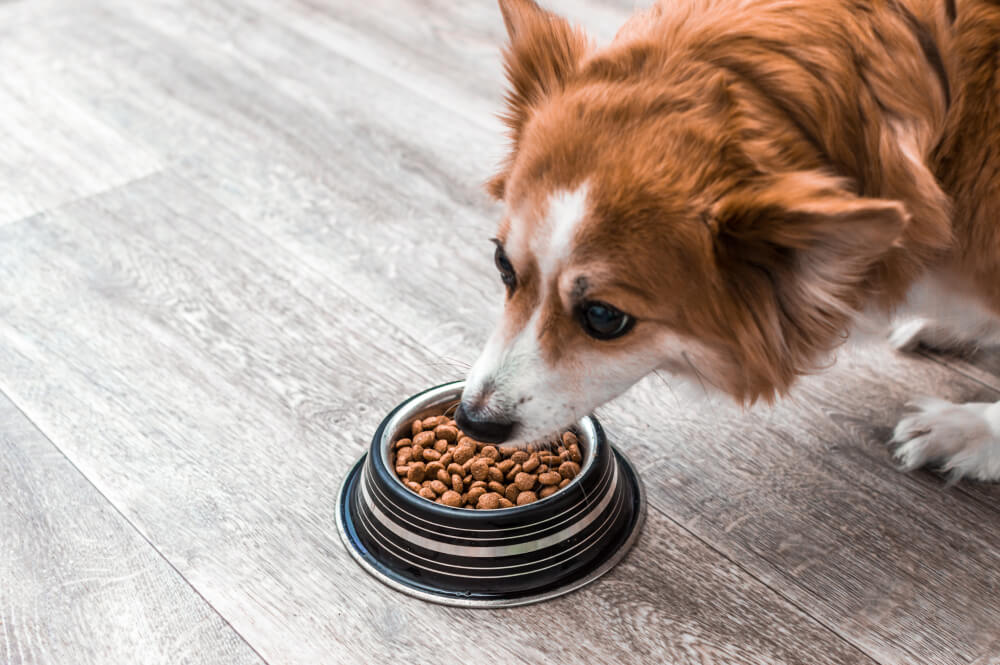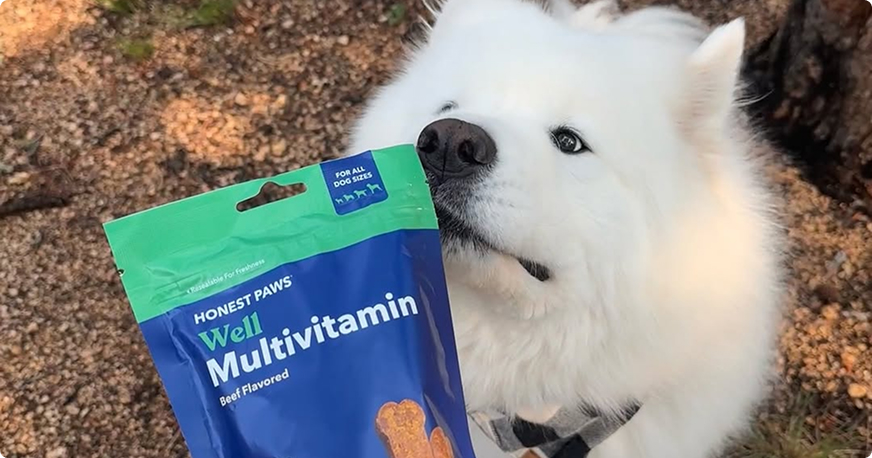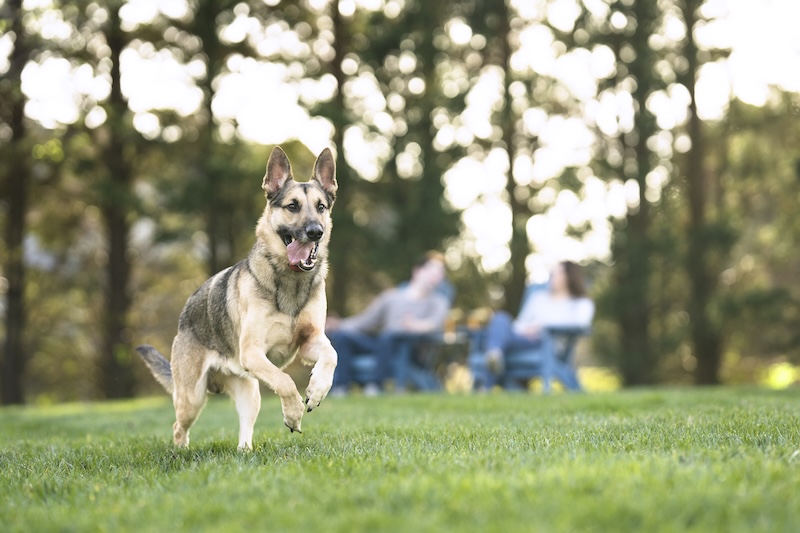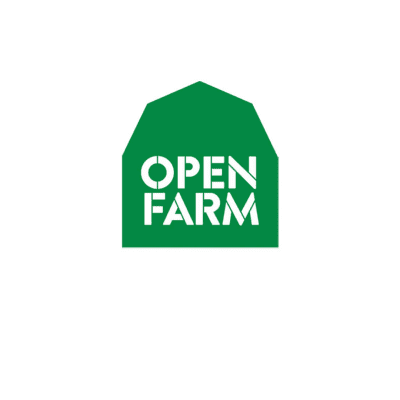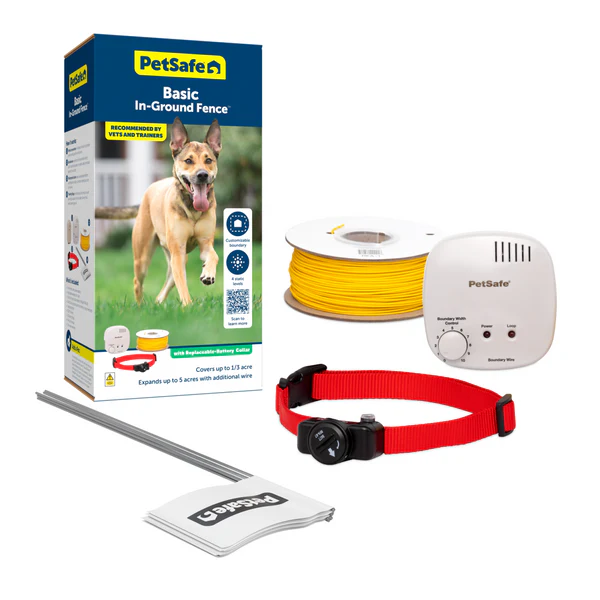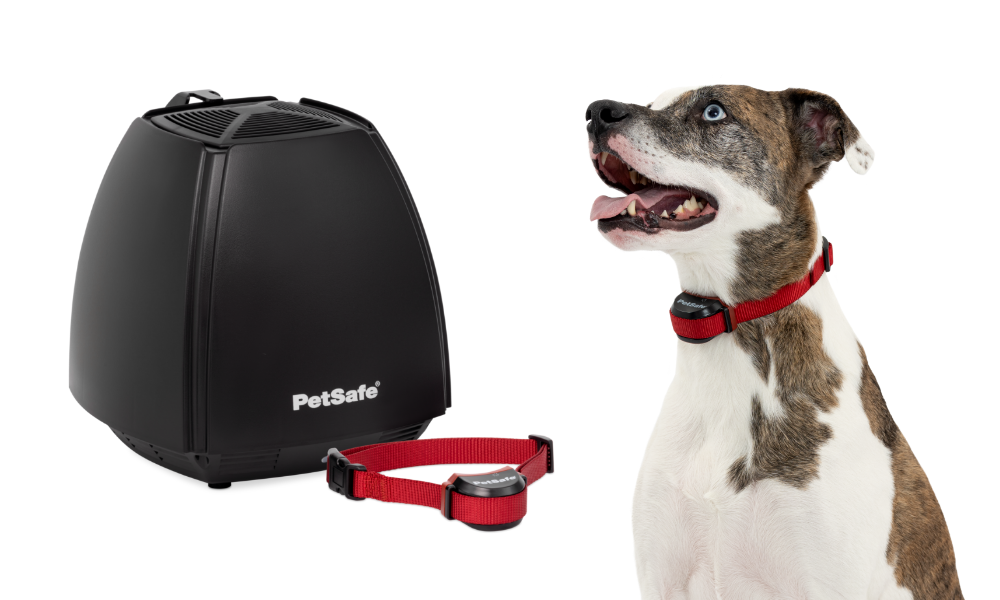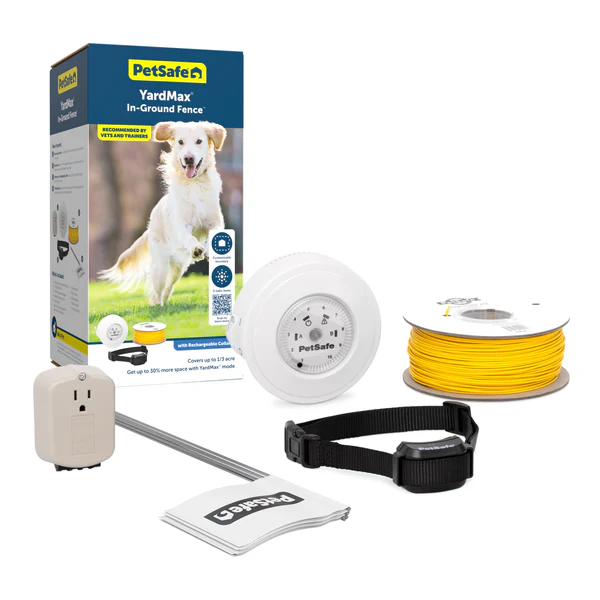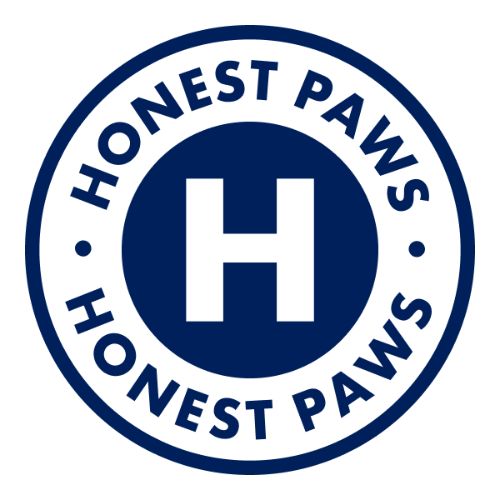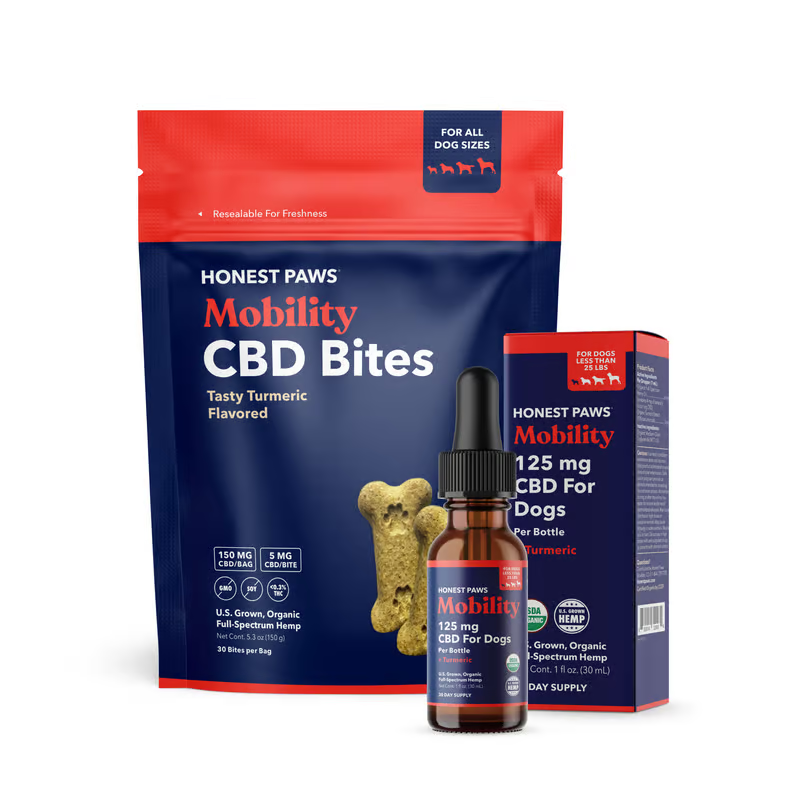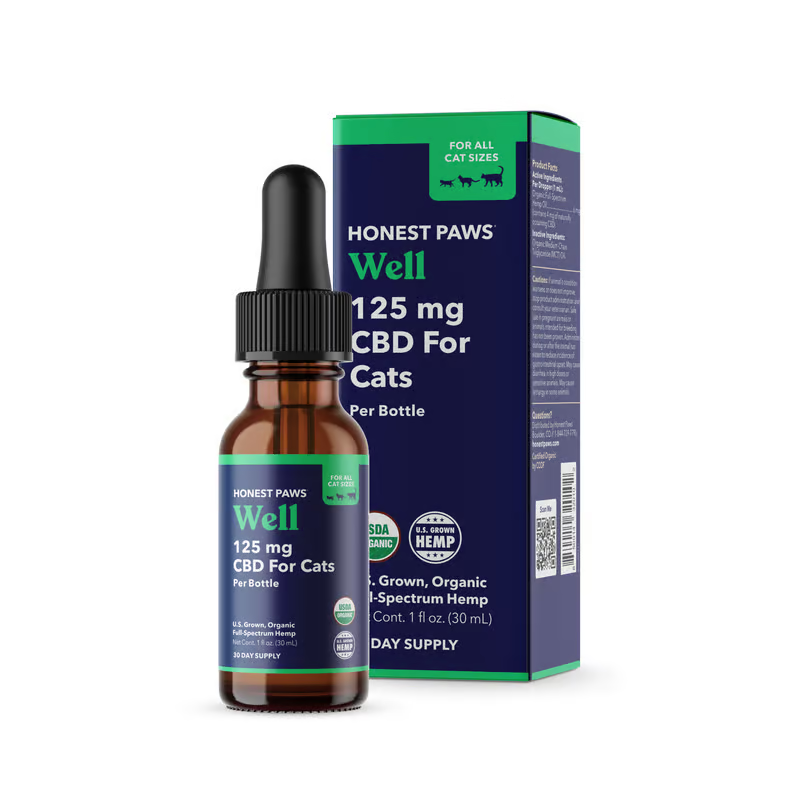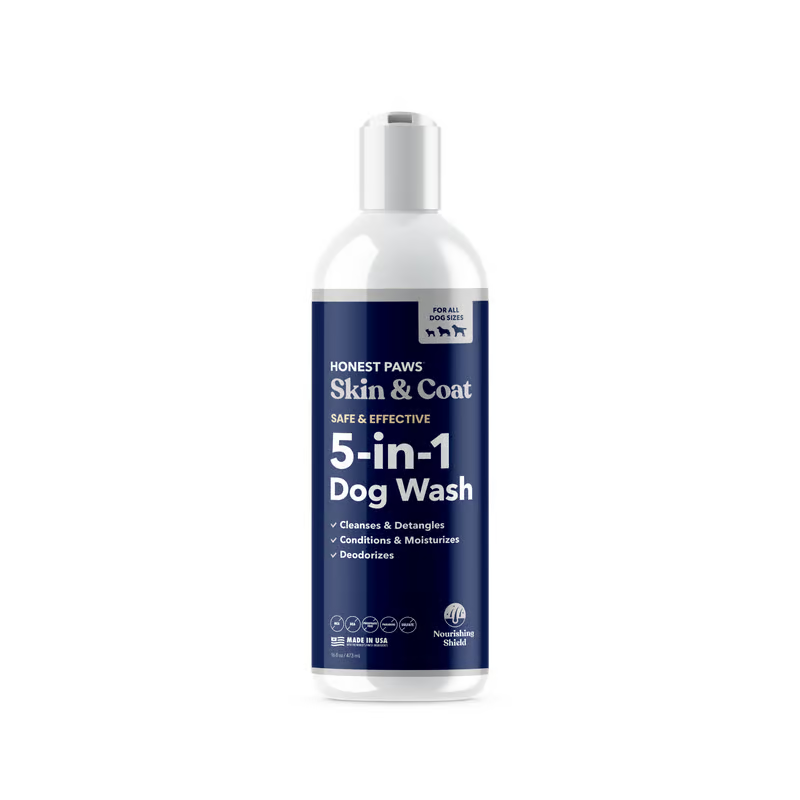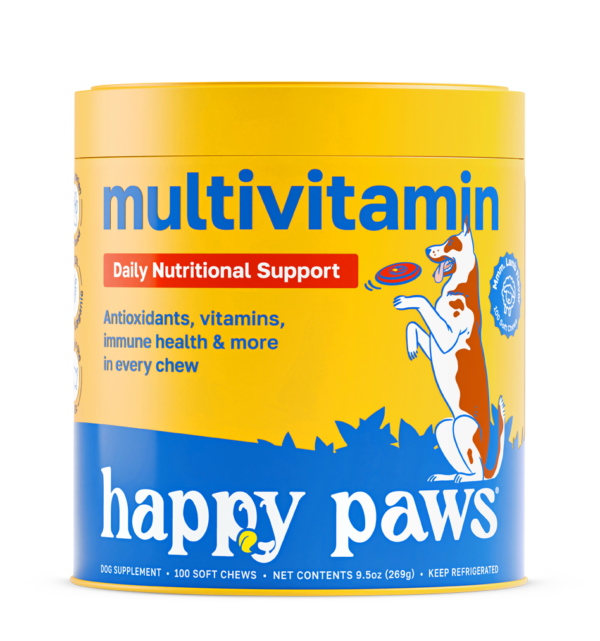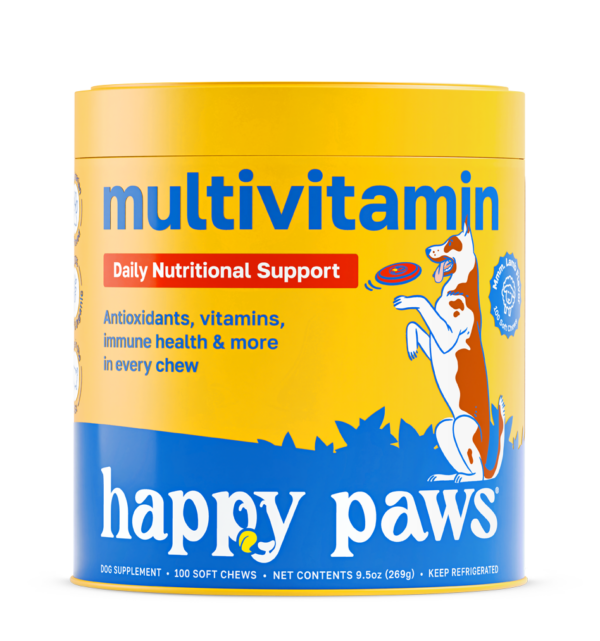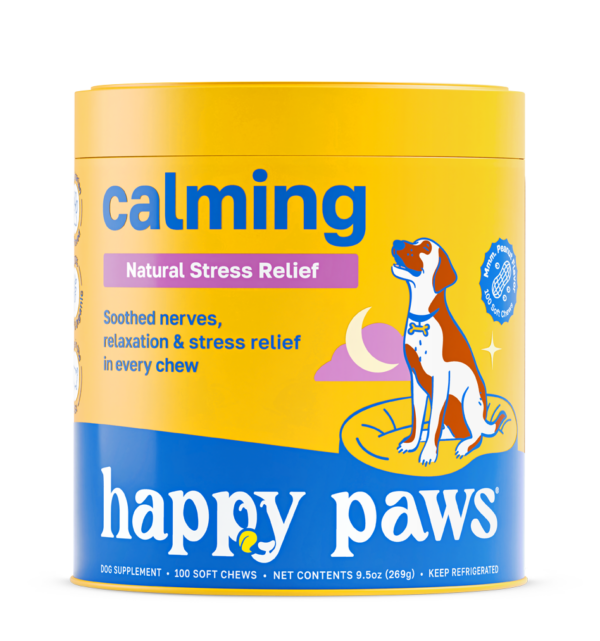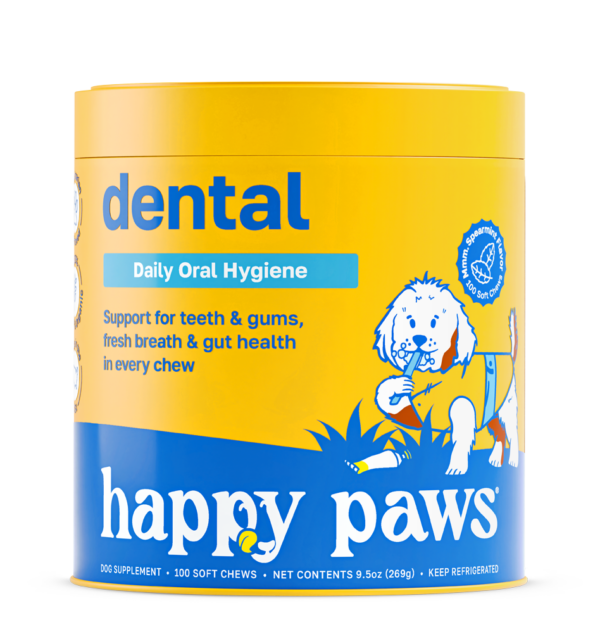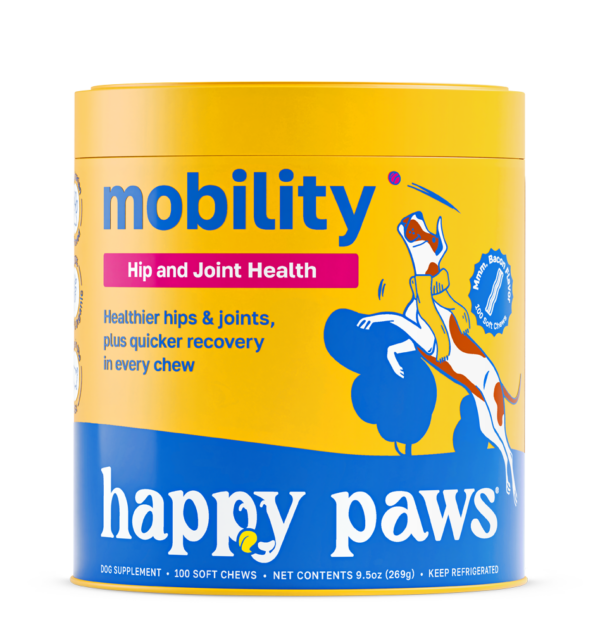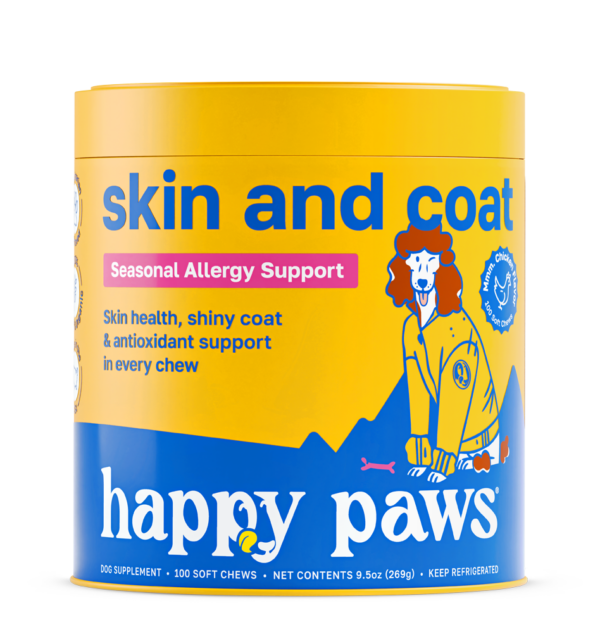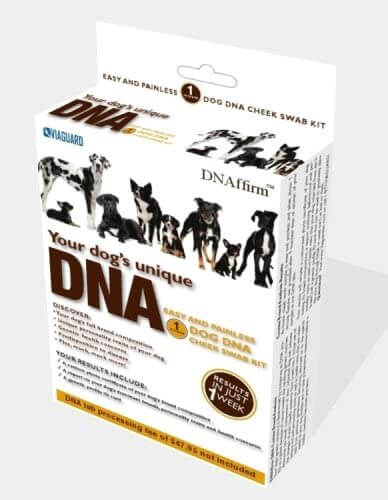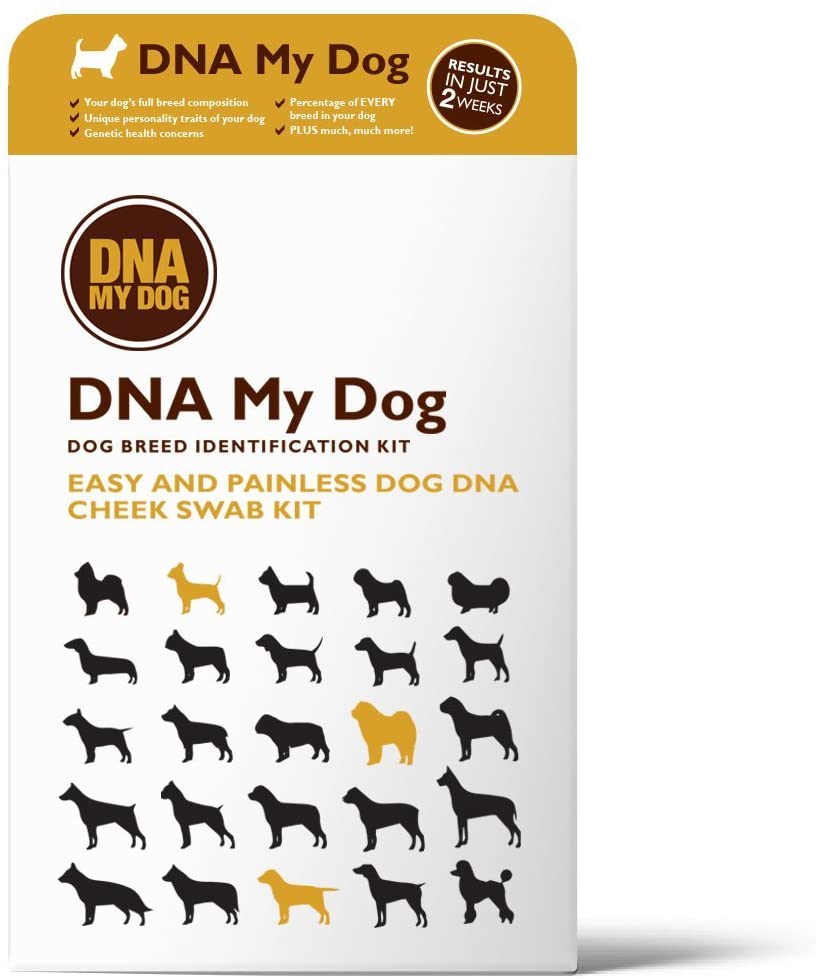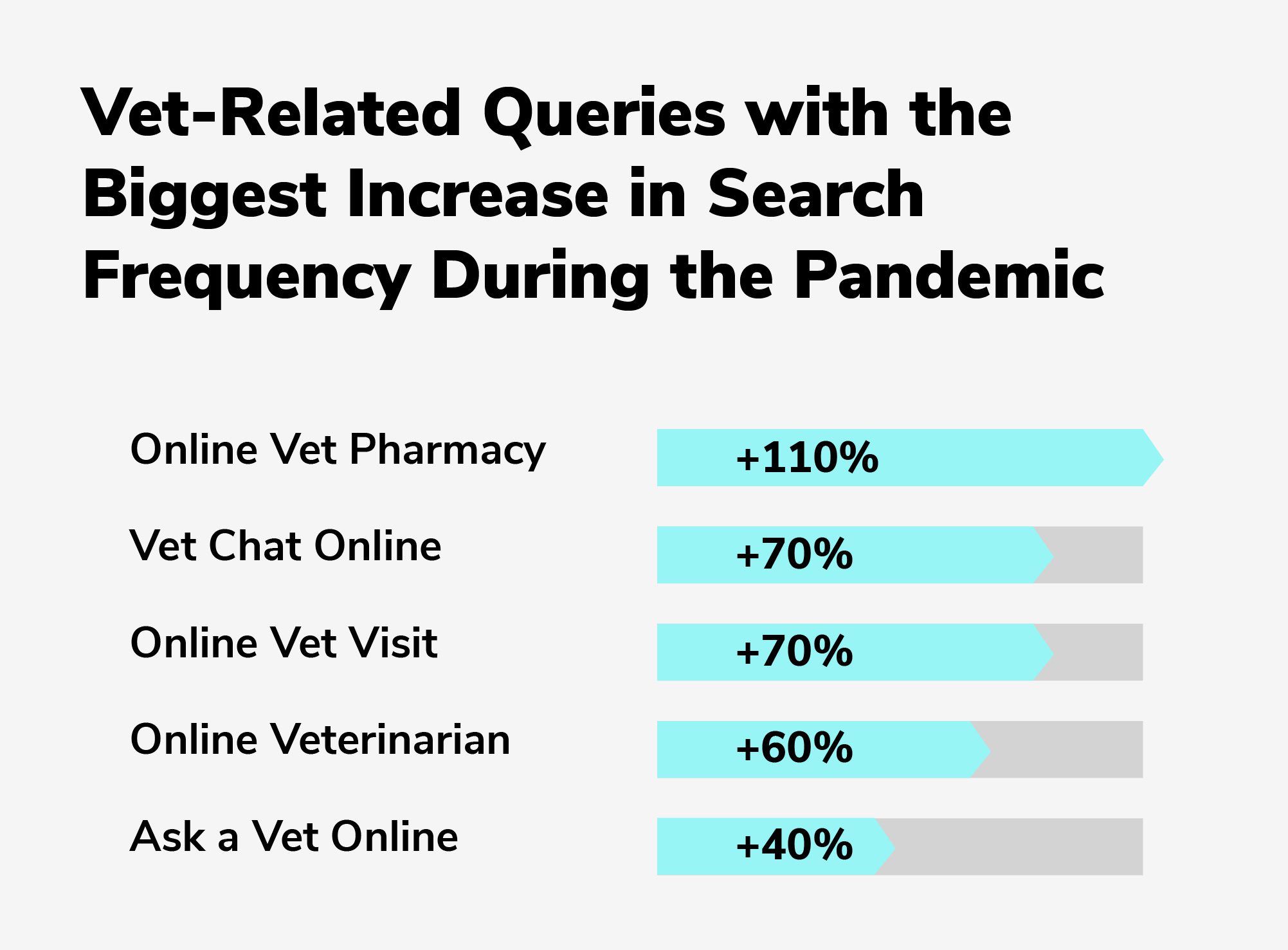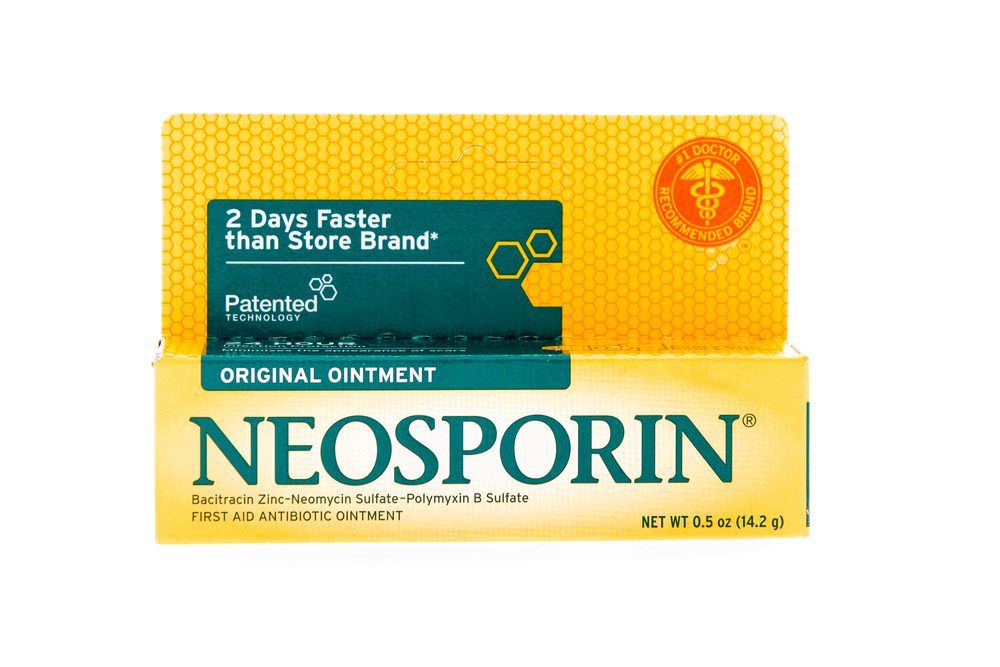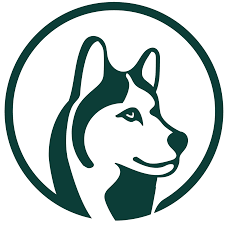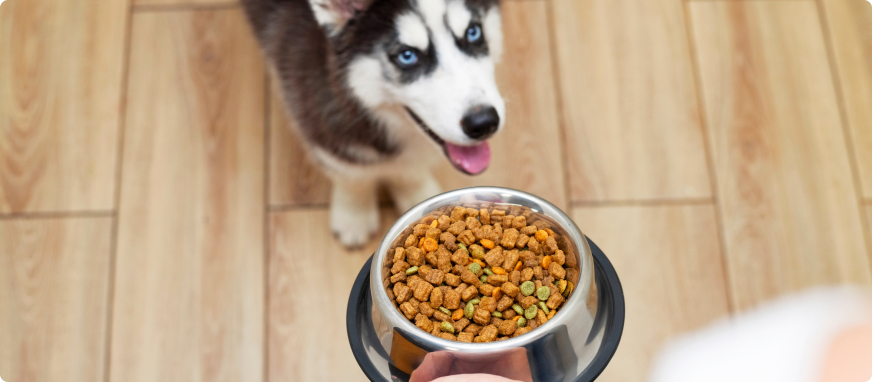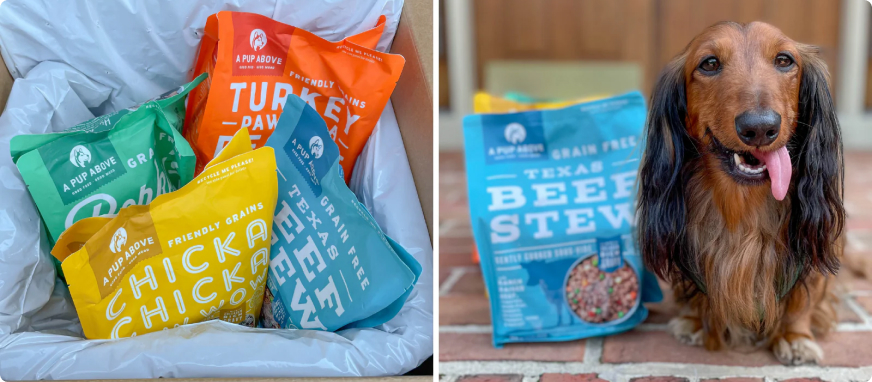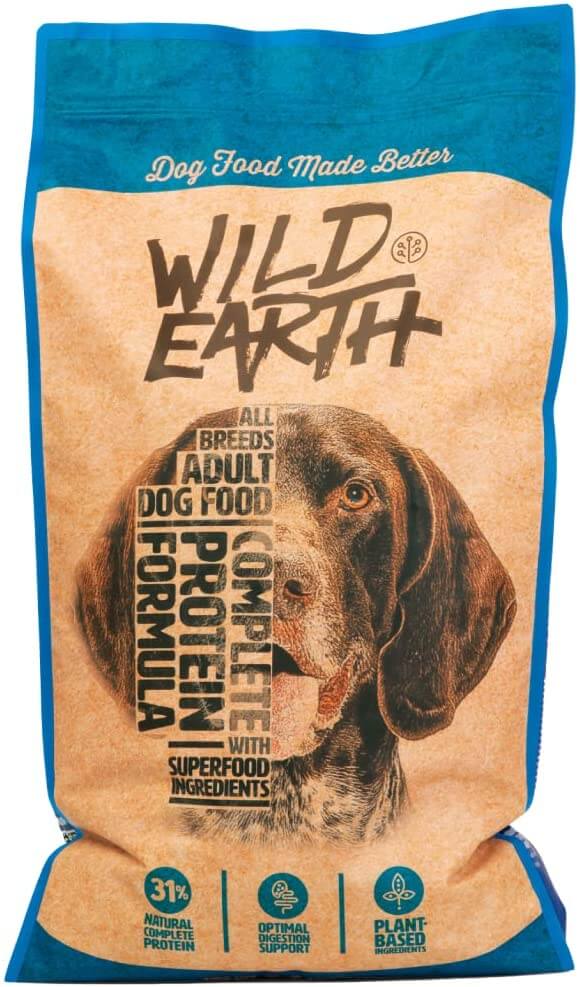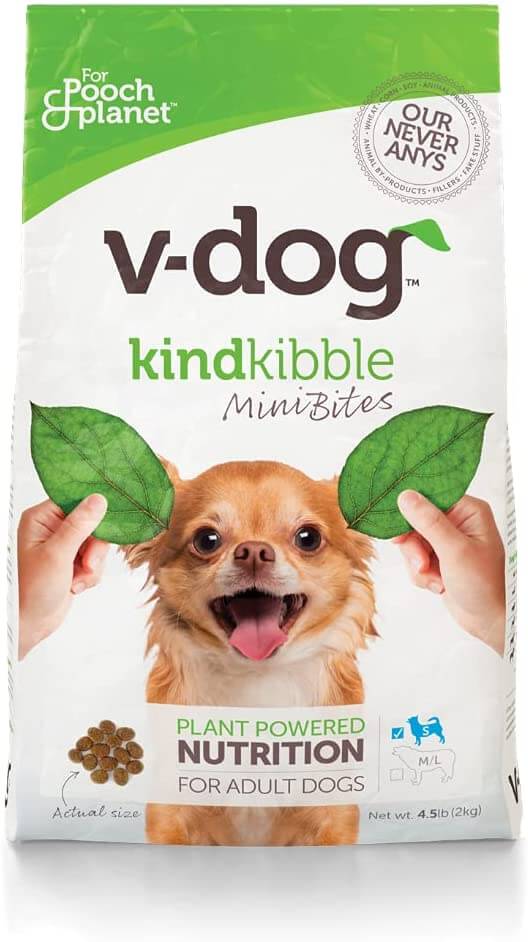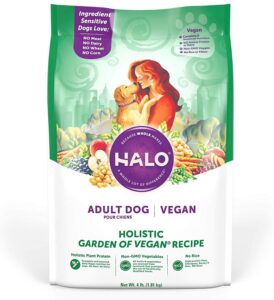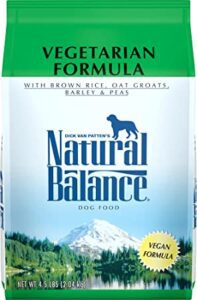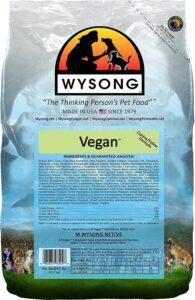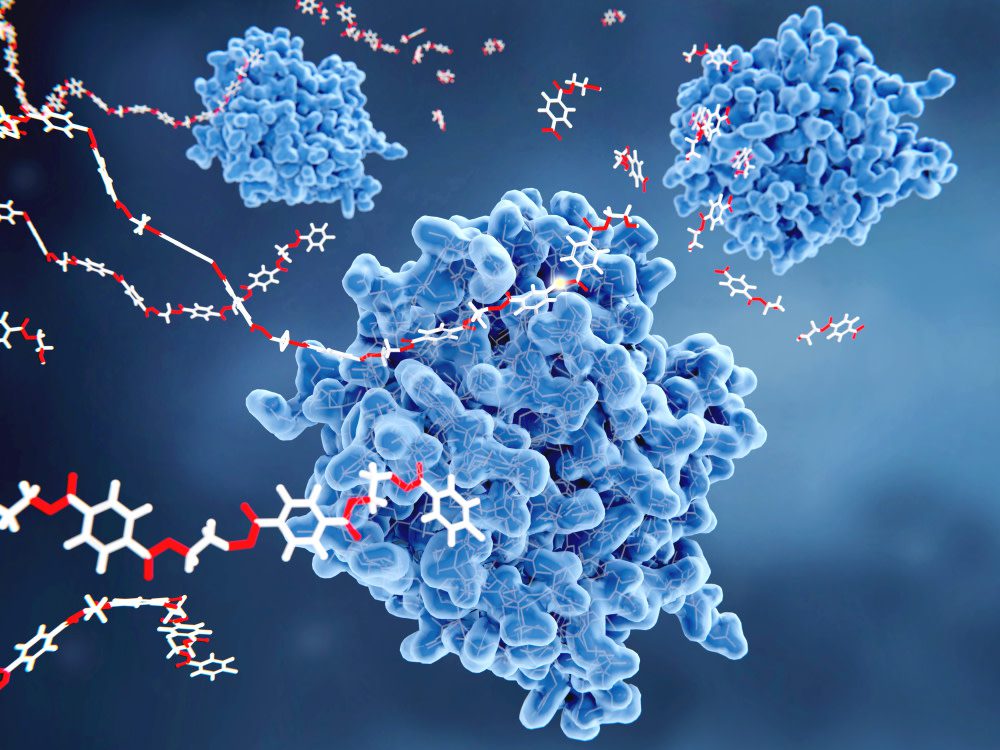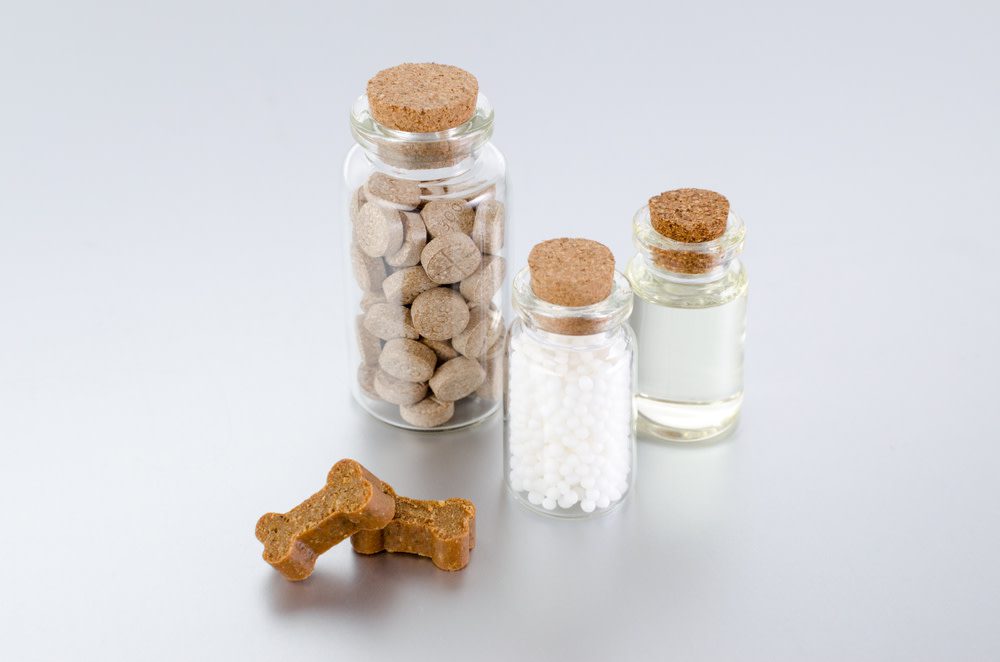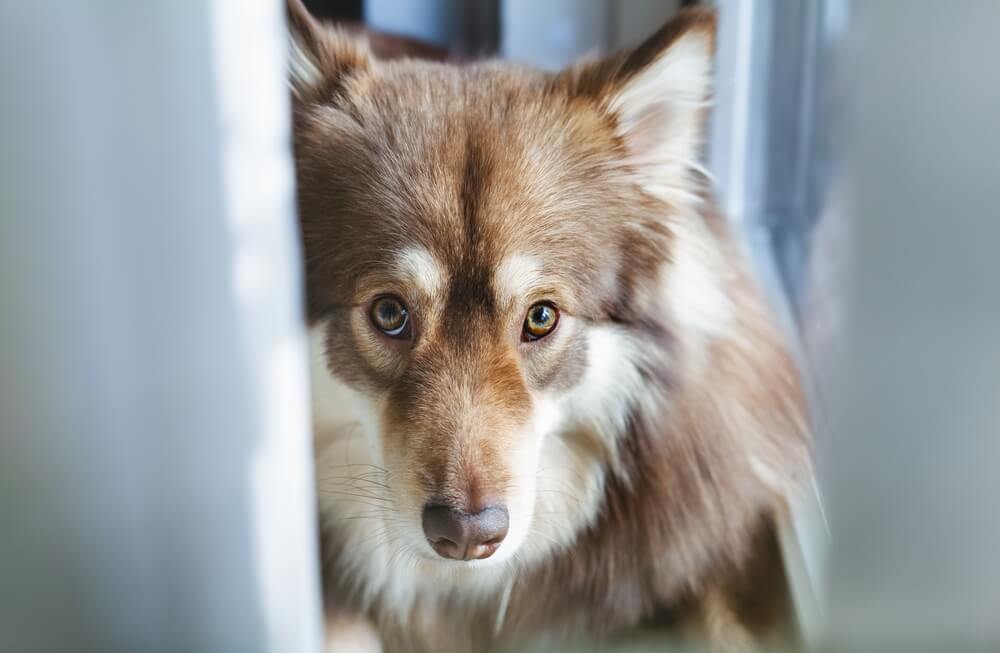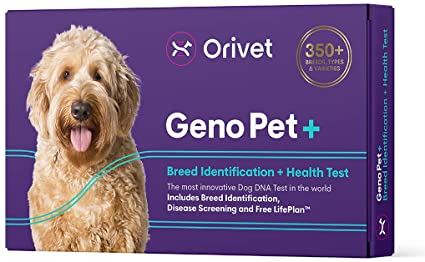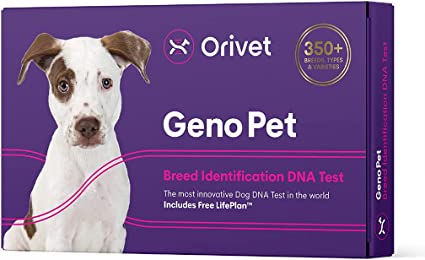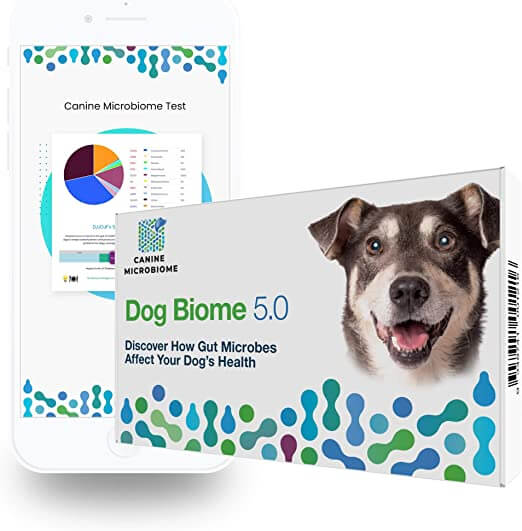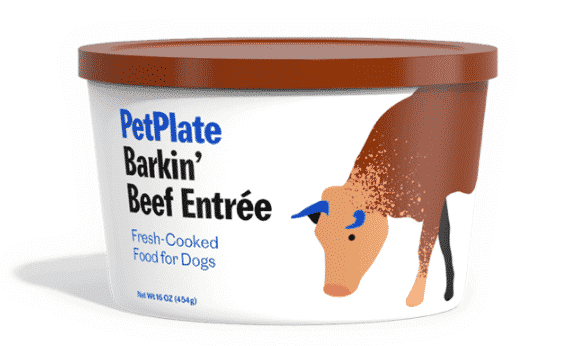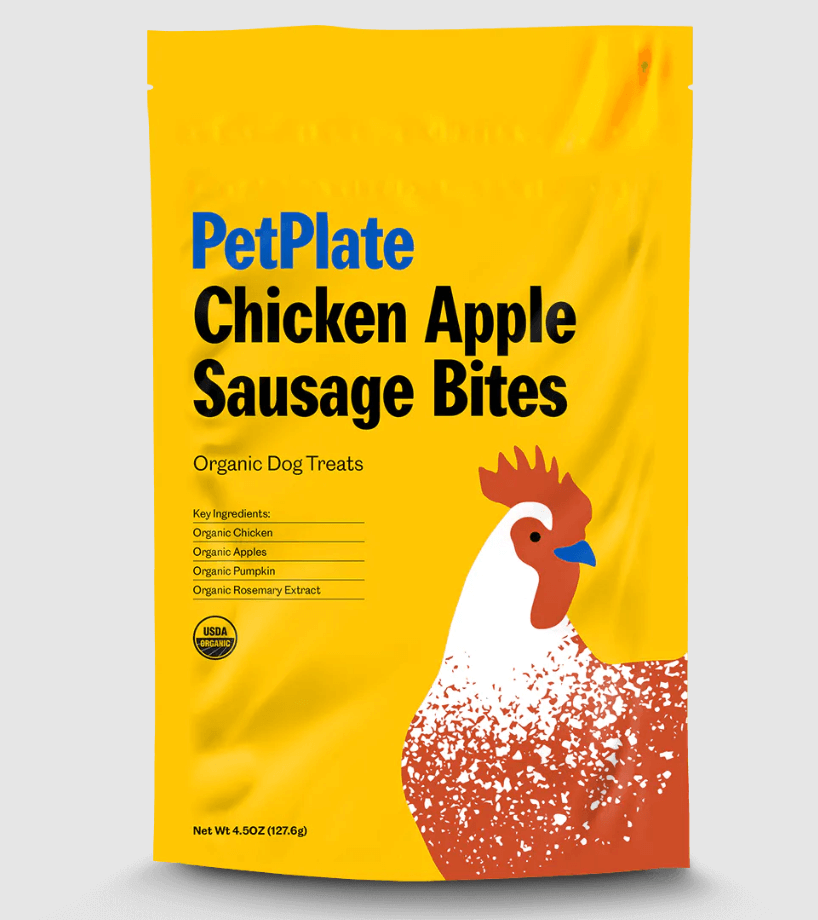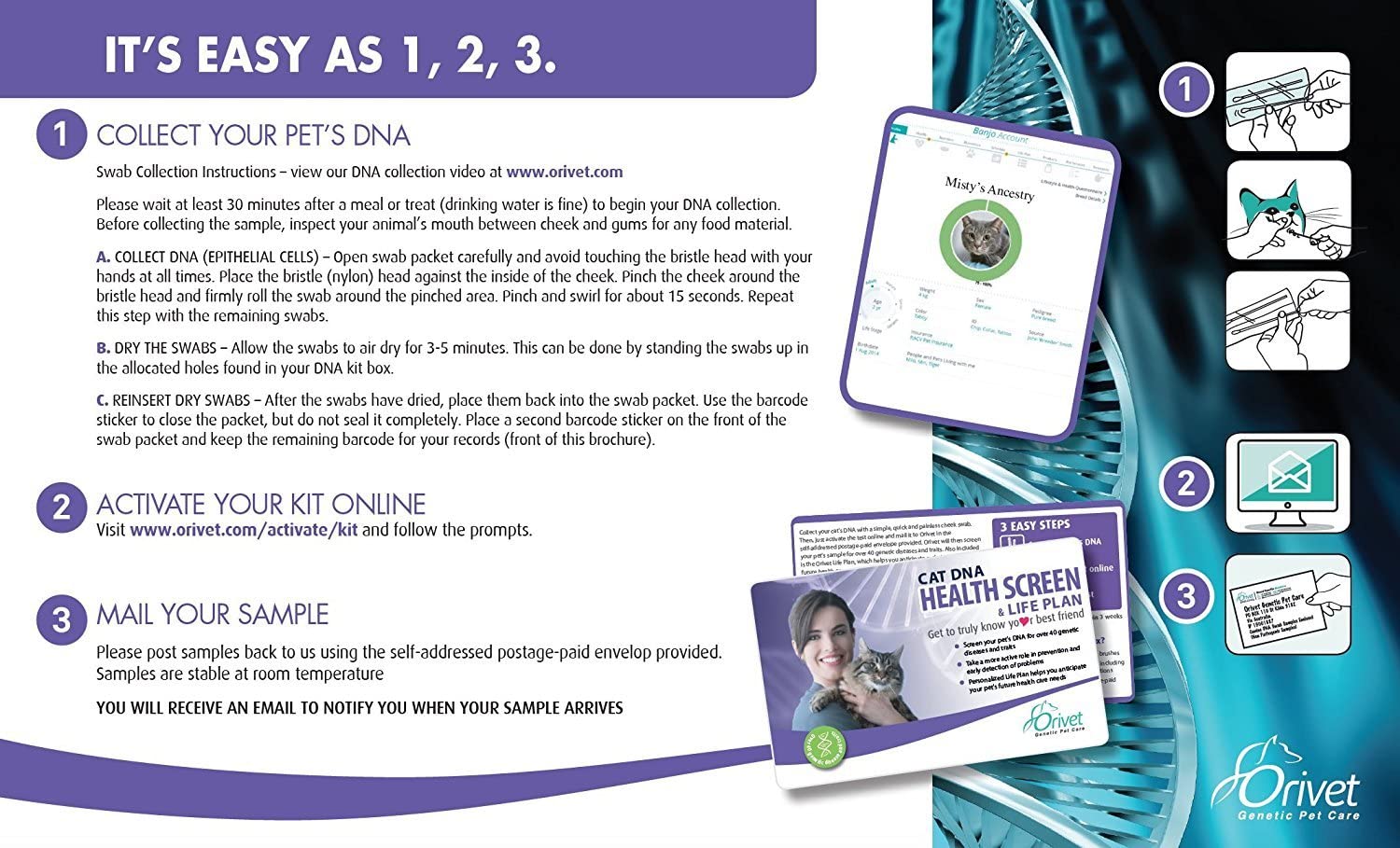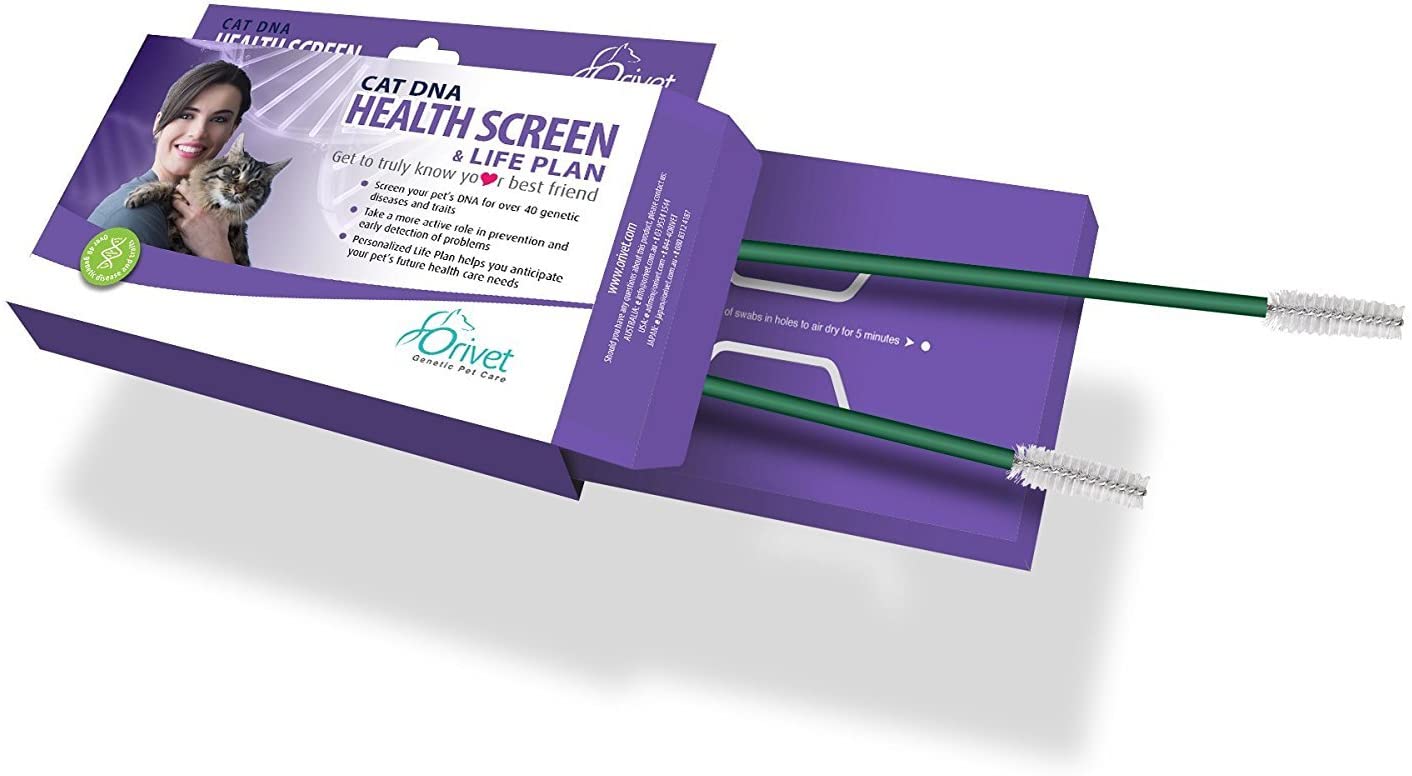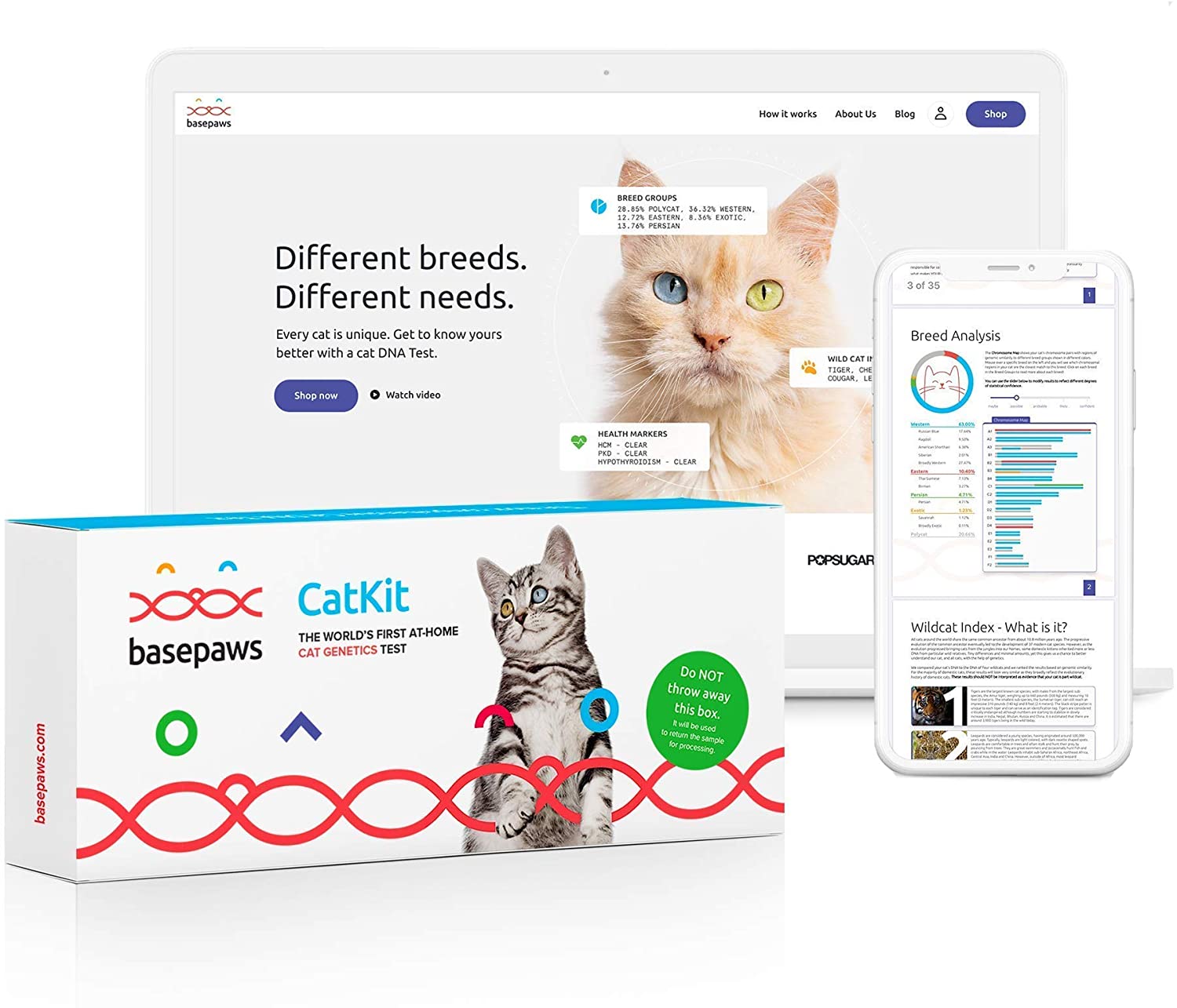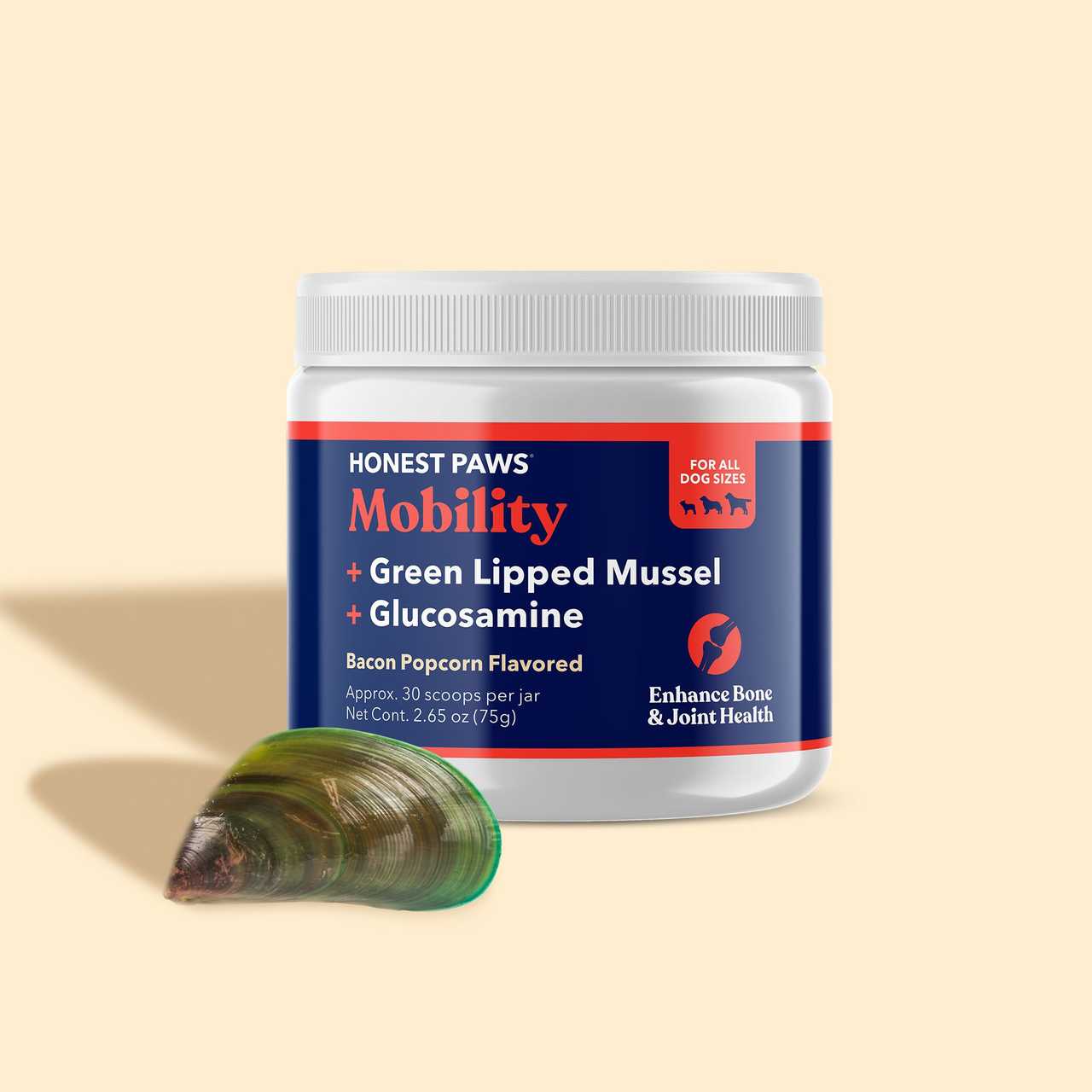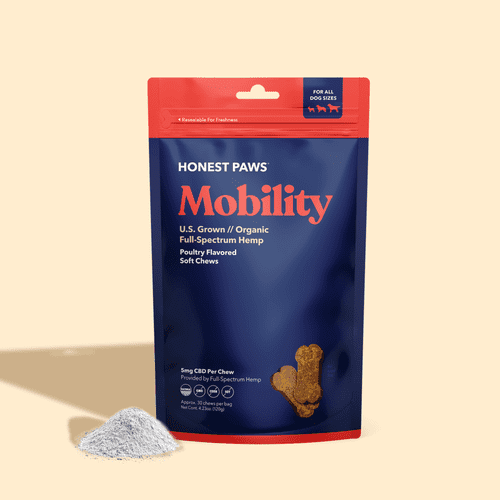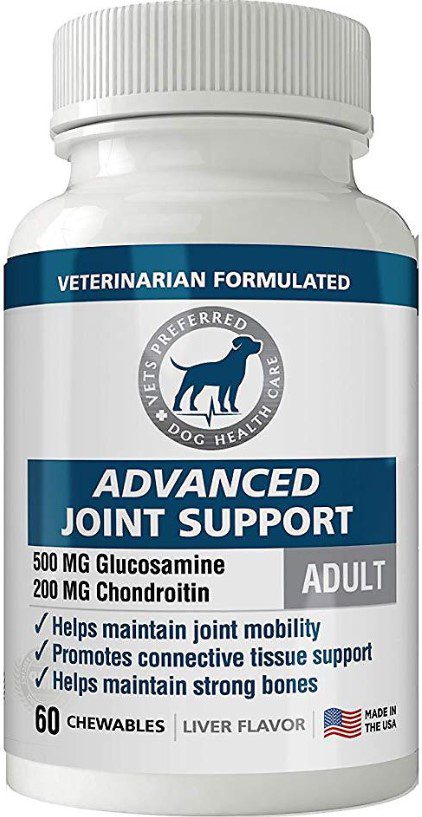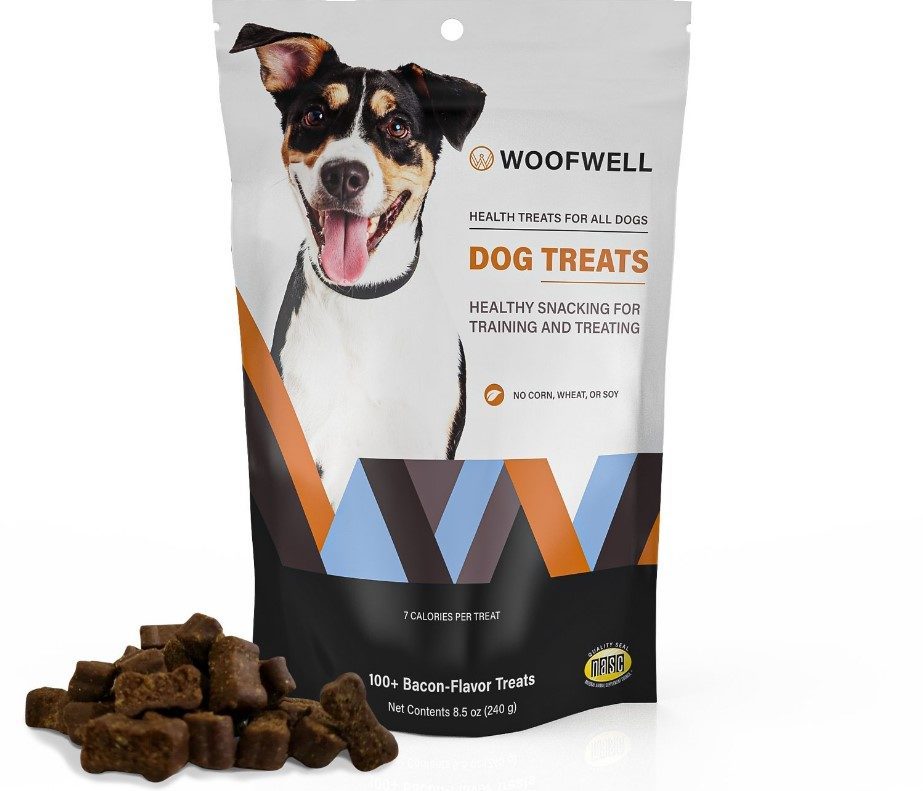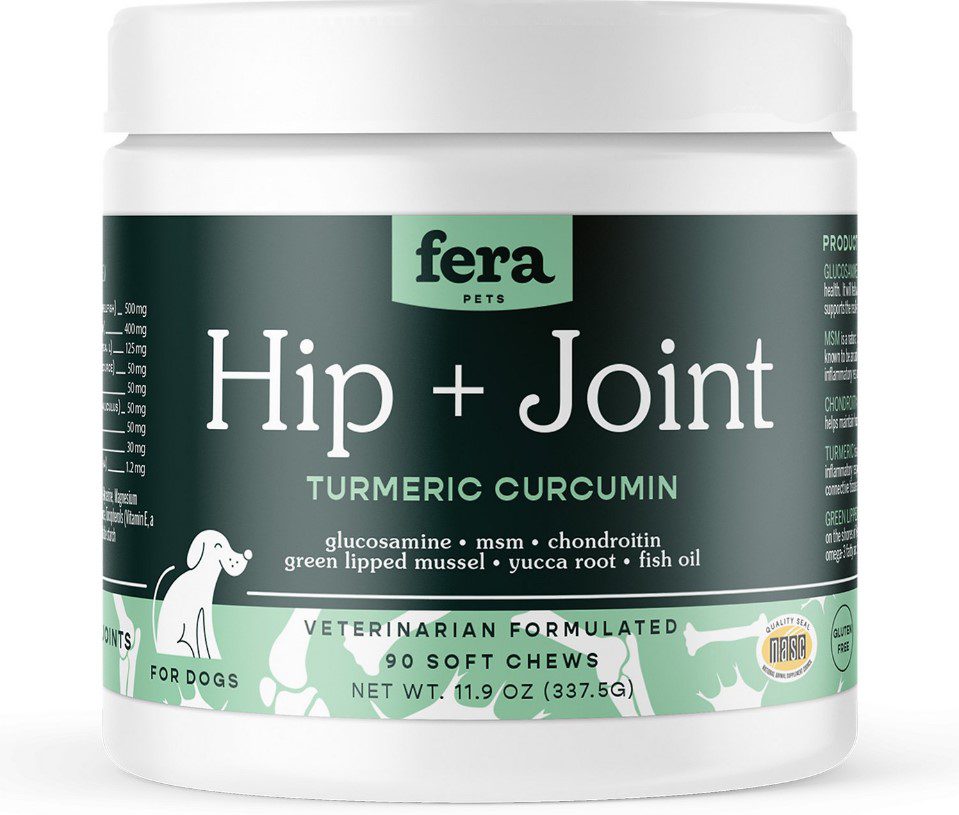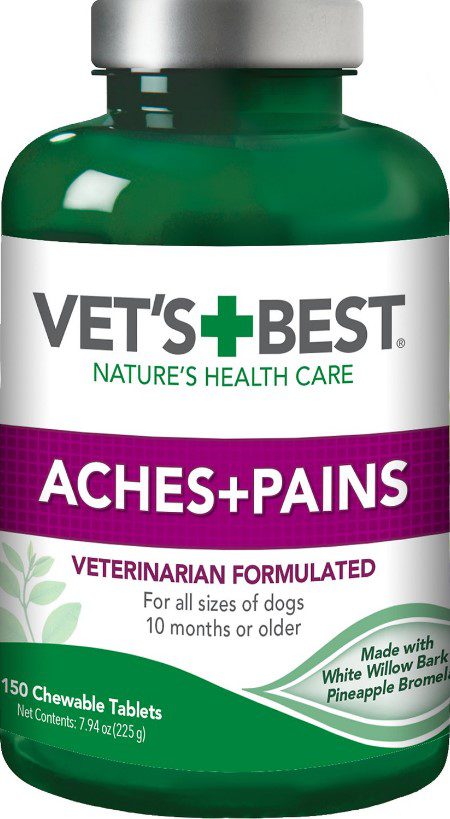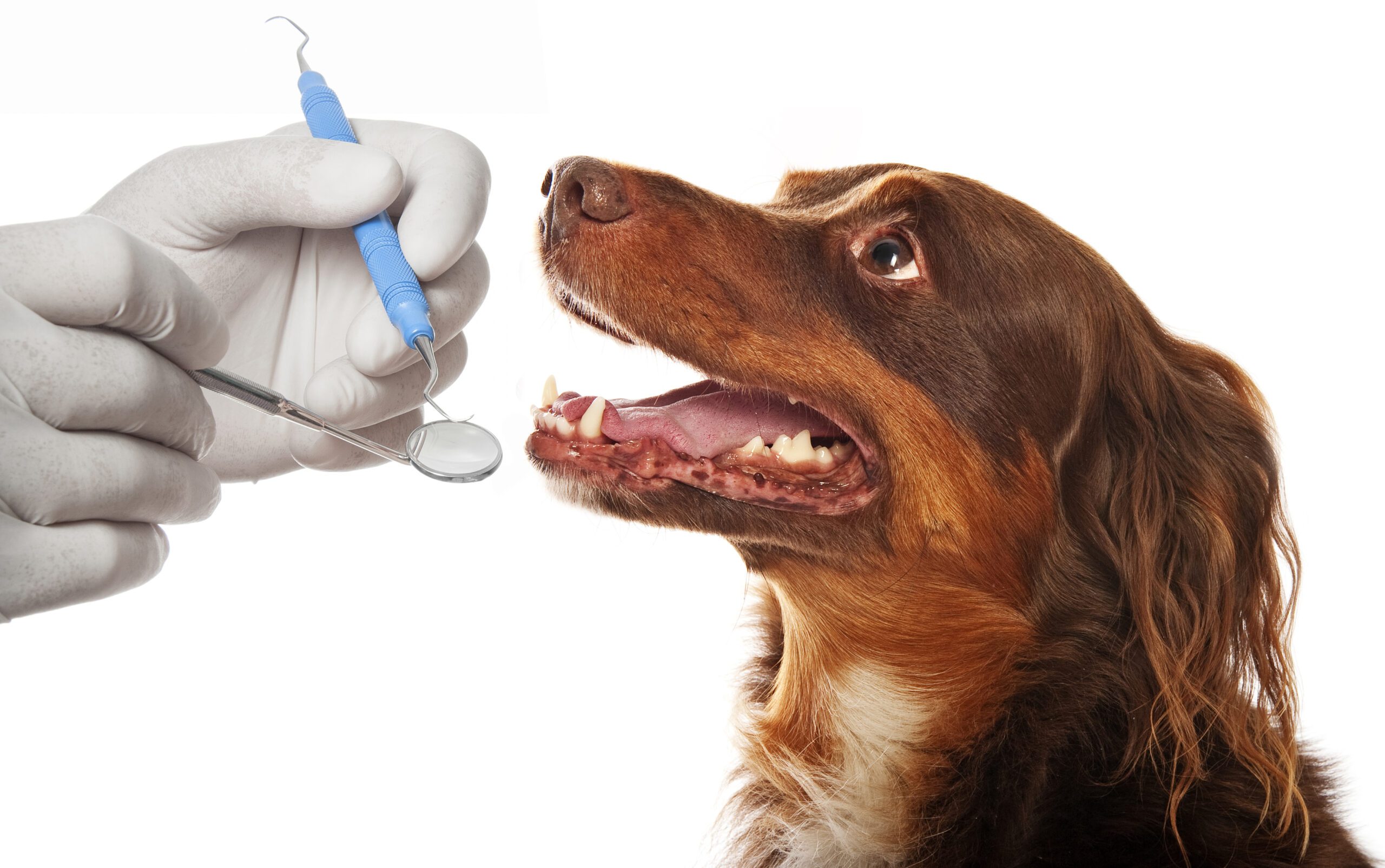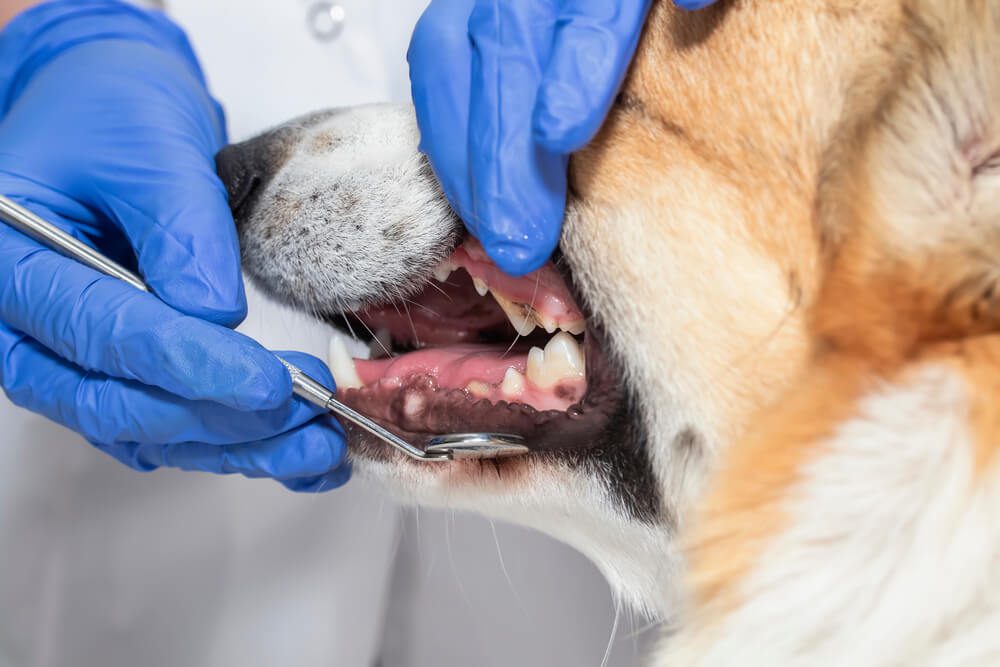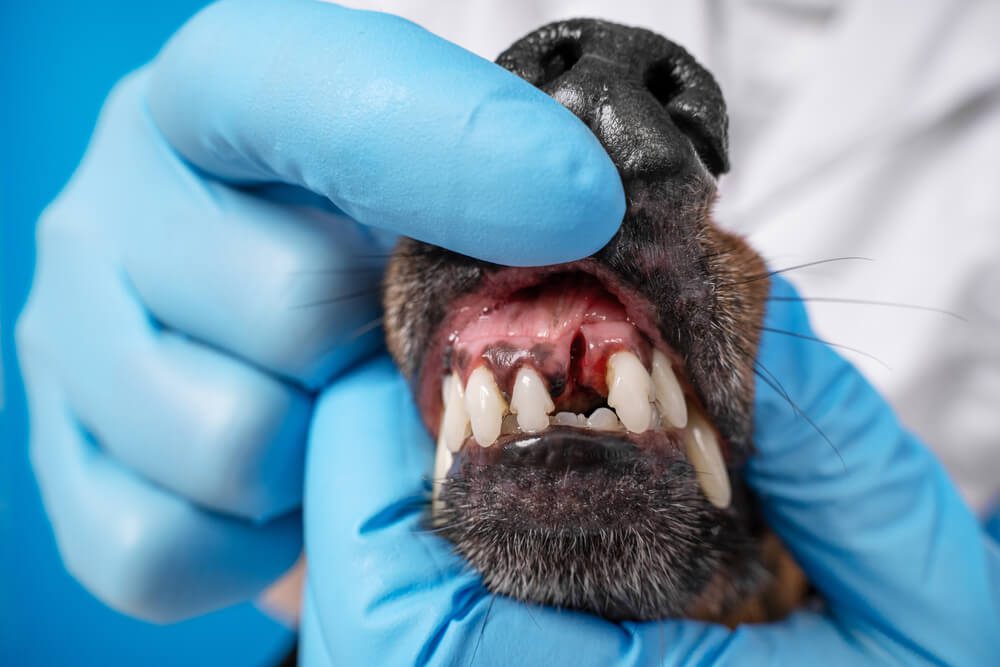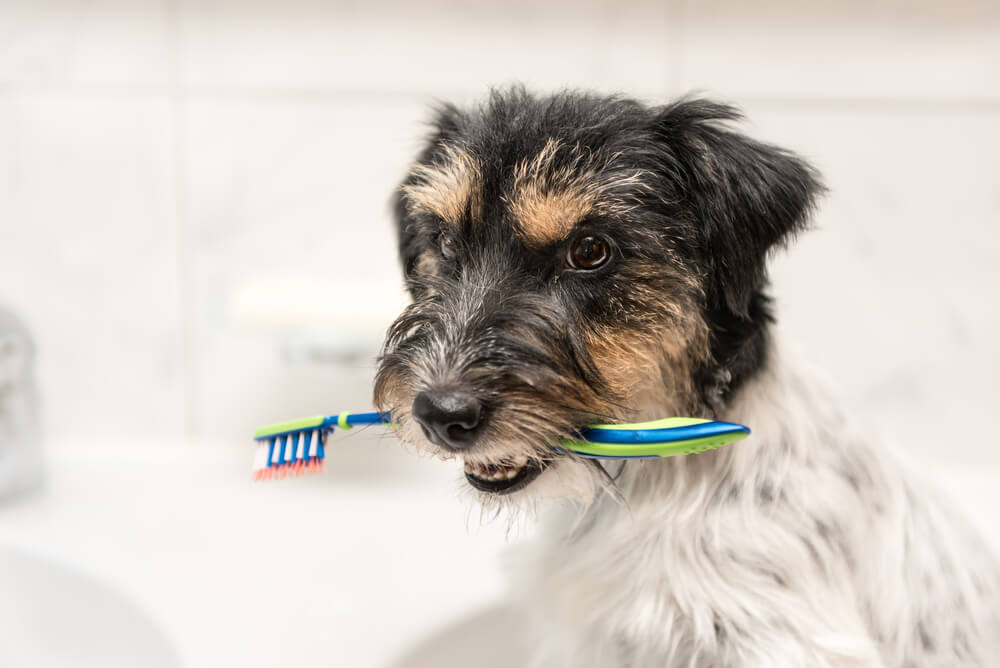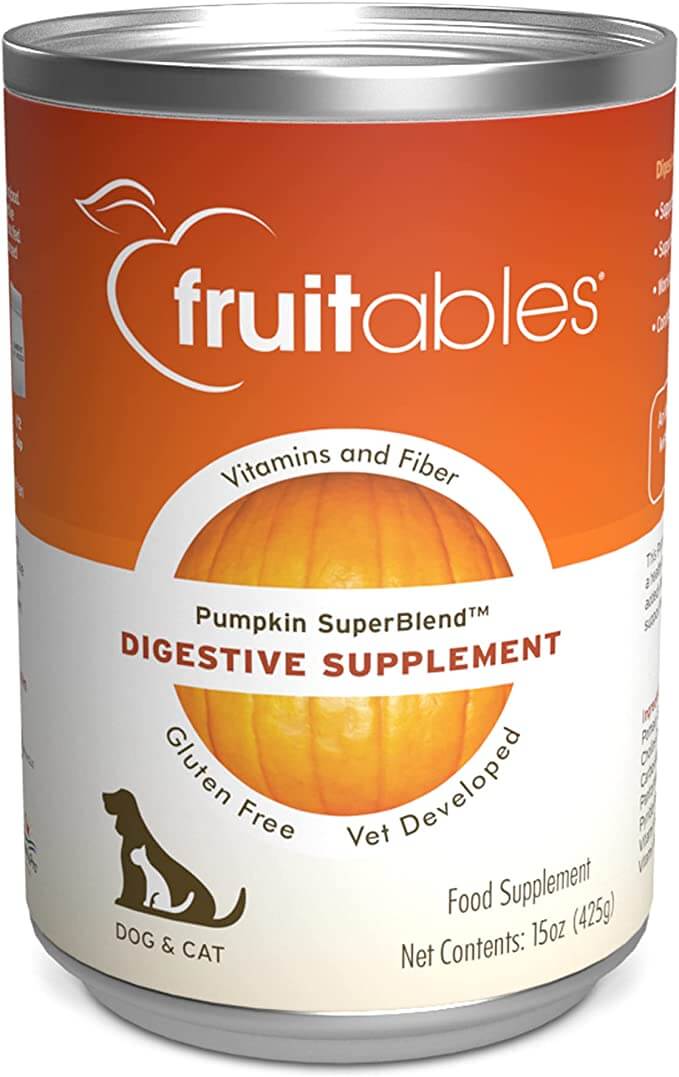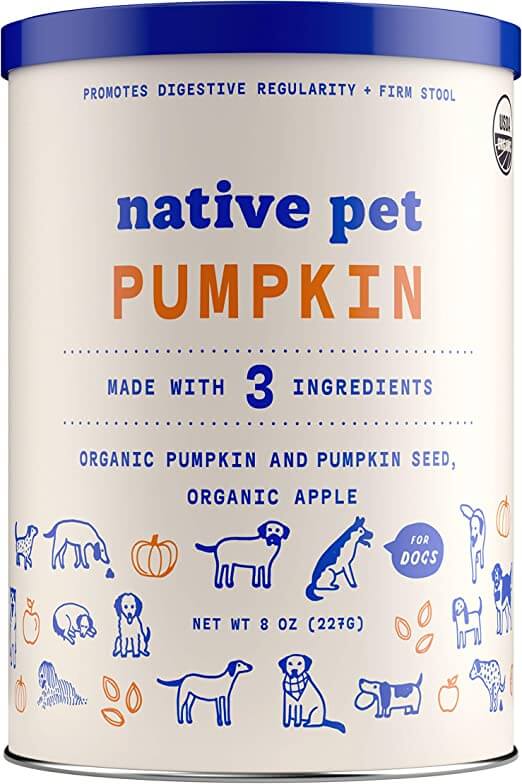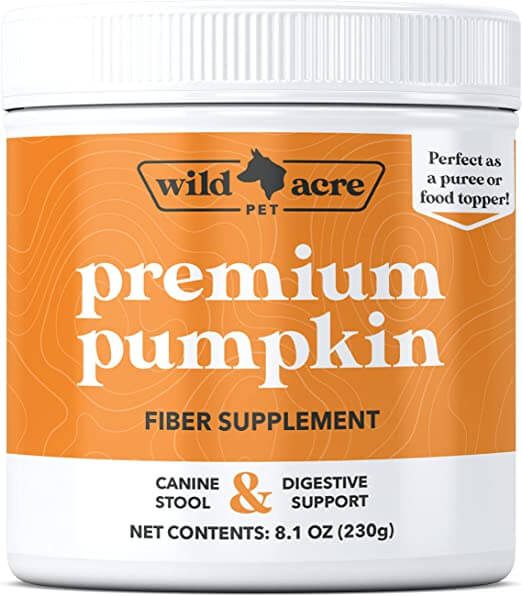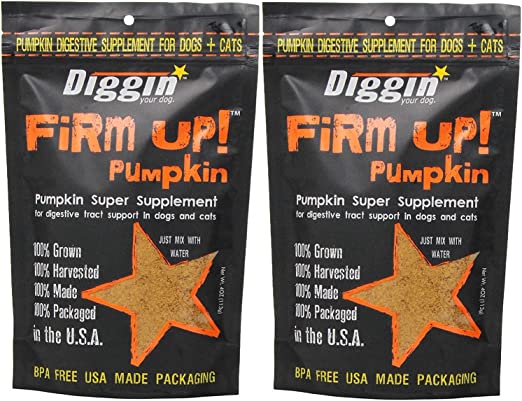A dairy allergy in dogs is a hypersensitive immune reaction triggered by ingesting dairy protein or dairy byproducts. It occurs when the immune system mistakenly identifies dairy as a threat and initiates a defensive response. A dog dairy allergy is a common food allergy but is highly manageable with proper care. The symptoms of dairy allergy in dogs typically include itching, redness, restlessness, skin irritation, flaking, hair loss, and dermatitis, often occurring after the dog consumes food containing dairy.
Veterinarians diagnose dairy allergy in dogs using various diagnostic tools to rule out other dermatologic conditions. At-home dog allergy test kits can help pet owners identify potential allergens once symptoms appear, but they should not fully replace a veterinarian’s diagnosis. Treatments for dogs allergic to dairy often include anti-itch medications, anti-inflammatory supplements like CBD oil, omega fatty acids, probiotics, and antibacterial or antifungal therapies tailored to the dog’s specific needs.
What is a Dairy Allergy in Dogs?
A dairy allergy in dogs is an immune-mediated reaction triggered by ingestion of dairy proteins. A dog dairy allergy is a fairly common food allergy in dogs where the immune system overreacts and targets the otherwise harmless dairy protein. The immune response releases cytokines and inflammatory chemicals, leading to symptoms such as redness, inflammation, itching, pain, diarrhea, vomiting, and hair loss. A study showing collective data on the different prevalence of dog food allergies showed that dairy ranked 2nd with 51 dogs (17% of the population) testing allergic to dairy.
How can Dogs be Allergic to Dairy?
Dogs can be allergic to dairy due to an immune-mediated response that mistakes dairy proteins as harmful, even though they are typically harmless. The main reason a dog is allergic to dairy is because the immune system misidentifies dairy protein and triggers an inflammatory cascade. This cascade leads to symptoms such as itching, redness, inflammation, pain, vomiting, diarrhea, and secondary infections.
There is no known link between dairy allergy in dogs and factors such as age, sex, or breed. Instead, these reactions are believed to result from an immune system dysfunction—particularly in the gut-associated lymphoid tissue (GALT), mucosal barrier, or systemic immune response. (Verlinden A., et al., 2006).
Can Dogs be Allergic to Milk?
Yes, dogs can be allergic to milk. If you’re asking, “Can dogs drink milk?” — the answer is yes, but only if they’re not allergic or lactose intolerant. Milk contains proteins like casein and whey, which can trigger an immune response in dogs with a milk allergy. When this happens, the immune system treats these proteins as threats, leading to symptoms such as itching, redness, rashes, hair loss, swelling, diarrhea, and vomiting.
Can Dogs be Allergic to Cheese?
Yes, dogs can also be allergic to cheese. Since cheese is made from milk (along with salt and rennet), dogs with dairy allergies are likely to react to cheese as well. Symptoms are similar to those of a milk allergy — including skin irritation, digestive upset, and inflammation. It’s important to determine whether your dog is reacting to dairy itself or to other additives commonly found in certain types of cheese.
Is Dairy Allergy and Lactose Intolerance in Dogs the same?
No, a dairy allergy and a lactose intolerance in dogs are not the same, although they’re often confused.
Lactose intolerance refers to a digestive issue — the inability to properly process lactose, the natural sugar found in milk and dairy products. Dogs with lactose intolerance lack sufficient levels of the enzyme lactase, which is essential for breaking down lactose in the gut. If you’re wondering “How do I know if my dog is lactose intolerant?”, the key signs are primarily gastrointestinal, such as vomiting, diarrhea, bloating, and gas after consuming dairy.
Dairy allergies, on the other hand, are immune-mediated responses to proteins in milk, such as casein or whey. Unlike lactose intolerance, a dairy allergy can trigger a broader range of symptoms, including itching, rashes, swelling, hair loss, and even respiratory issues — not just digestive upset.
While lactose intolerance isn’t curable, it is highly manageable with dietary adjustments and by avoiding dairy products. In contrast, managing a dairy allergy may require a more thorough evaluation and removal of all dairy-based ingredients from your dog’s diet.
What are the Symptoms of a Dairy Allergy in Dogs?
The symptoms of a dairy allergy in dogs are listed below.
- Obsessive Licking
Chronic licking is a common behavioral response to itching caused by dairy allergies. Dogs often target itchy spots on their paws, flanks, or limbs, sometimes licking so persistently that it leads to hair loss or skin damage. - Digestive Issues
Vomiting and diarrhea are typical gastrointestinal responses to food allergies. When a dog consumes dairy, the immune system can react through the gut’s mucosal lining and associated lymphoid tissue, causing inflammation and digestive upset. - Ear Infections
Recurring ear infections may signal a food allergy. The warm, moist environment of the ear canal, combined with chronic inflammation, creates ideal conditions for bacterial or fungal overgrowth — a common secondary complication of allergic reactions. - Respiratory Issues
Though less common, respiratory symptoms can occur in severe cases of dairy allergy. Significant allergen exposure may lead to coughing, wheezing, or even anaphylaxis — a serious, life-threatening reaction involving airway constriction and breathing difficulty. - Skin Itching and Irritation
Itching is one of the hallmark signs of a dairy allergy. When a dog is exposed to allergens like milk proteins, histamine is released in the skin, causing intense irritation, redness, and scratching. - Hot Spots
Hot spots, or acute moist dermatitis, are inflamed, infected skin lesions that often result from persistent scratching or licking. These can develop due to poor skin barrier integrity or self-inflicted trauma triggered by allergic discomfort. - Diarrhea
Beyond a general digestive issue, diarrhea in allergic dogs is linked to immune dysfunction in the gut, particularly involving the gut-associated lymphoid tissue (GALT). This inflammation can disrupt normal digestion and result in chronic or intermittent loose stools.
What Behavioral Changes can Occur in Dogs Allergic to Dairy?
Dogs with dairy allergies often undergo noticeable behavioral changes as a result of the discomfort caused by their allergic reactions. One of the most apparent signs is increased itchiness, which leads to excessive self-grooming behaviors such as licking, scratching, pawing, or gnawing at the skin. This persistent discomfort can interfere with daily activities, causing dogs to pause during walks, playtime, or meals just to scratch themselves. Over time, the ongoing irritation can make affected dogs more irritable, restless, or easily agitated, especially if the symptoms persist without relief. Some dogs may also become withdrawn and lethargic, with a decreased appetite, particularly if they begin associating eating with the onset of discomfort. In more severe cases, the itchiness can be so overwhelming that it disrupts their sleep, leaving them awake for long stretches as they struggle to find relief.
Is a Dairy Allergy in Dogs Dangerous?
While dairy allergies in dogs are not inherently life-threatening, they can become serious if left unmanaged. Most cases are mild and can be effectively controlled by eliminating dairy from the dog’s diet and monitoring for symptoms.
However, in undiagnosed or severe cases — especially when a dog consumes a large amount of the allergen — more intense reactions can occur. These may include persistent vomiting, profuse diarrhea, difficulty breathing, or even collapse.
For this reason, it’s important to consult a veterinarian if you suspect your dog has a food allergy. Early diagnosis allows for safer, tailored dietary management and helps prevent more serious complications.
What Causes Dog Dairy Allergy?
A dairy allergy in dogs is caused by an abnormal immune response to the proteins found in milk. The two primary allergens involved are casein and whey. In dogs with a dairy allergy, the immune system mistakenly identifies these proteins as harmful invaders. This triggers a defensive immune reaction, where inflammatory cells release immunoglobulins and antibodies to attack the proteins — even though dairy itself is not inherently dangerous. The resulting chain reaction leads to common allergy symptoms such as itching, redness, hair loss, vomiting, and diarrhea.
Are Certain Dog Breeds more Prone to Dairy Allergies?
Currently, there is no scientific evidence to suggest that specific dog breeds are more prone to dairy allergies than others. While some breeds — including Labrador Retrievers, West Highland White Terriers, and Cocker Spaniels — are more frequently reported to have food allergies in general, this trend does not specifically apply to dairy. Food allergies can affect any breed, and individual sensitivity plays a more significant role than breed predisposition.
What are the Most Common Allergic Reactions to a Dairy Allergy in Dogs?
The most common allergic reactions to a dairy allergy in dogs are listed below.
- Pruritus or itching. This occurs when the immune system reacts to dairy proteins by releasing histamine, a compound that causes skin irritation and inflammation. As exposure continues, histamine levels rise, leading to more intense and widespread itchiness.
- Urticaria or skin redness. Dogs may develop localized or generalized redness due to increased blood flow (vasodilation) in response to the allergen. These areas of inflammation often appear first on the paws (especially between the toes), ears, chest, and underbelly.
- Acute Gastric Upset. These may include diarrhea, vomiting, bloating, and flatulence. Such symptoms result from the irritation of the gastrointestinal lining and gut-associated lymphoid tissue (GALT), which plays a key role in allergic food responses.
- Alopecia or hair loss. Dogs often lose fur in patches due to constant scratching or licking, and the exposed skin becomes more vulnerable to secondary infections such as pyoderma or lesions caused by self-inflicted trauma..
- Ear Infection. Chronic ear infections are one of the telltale signs of food allergies in dogs. The dog’s ear canal, which is naturally warm and moist, becomes an ideal environment for bacteria and yeast when inflamed. Allergic inflammation increases swelling and heat in the ear, creating conditions that allow infections to take hold more easily and persist over time.
When to See a Vet for Dairy Allergy in Dogs?
See a vet for dairy allergy in dogs when signs start to appear. Allergies are often mistaken for occasional itchiness in the early stages. Pay close attention to the dog when there is an increased frequency in itching. Take note of the intensity, and find out any possible triggers as the information is helpful during the veterinary visit.
More severe signs of food allergies include generalized redness, widespread lesions, complicated infections, and itching that disrupts normal activities such as walking, sleeping, or eating. Immediate attention is needed when high amounts of dairy are ingested as respiratory distress and collapse are possible outcomes due to anaphylactic shock.
How is a Dairy Allergy in Dogs Diagnosed?
A dog dairy allergy is diagnosed by conducting several tests. A veterinarian performs a physical assessment and gathers the clinical history of the patient. Factors such as diet, environment, breed, age, and daily activities are taken into consideration when testing for dairy allergies in dogs. Serological examinations are an option to identify immunoglobulin levels in allergic dogs. The process involves drawing and processing blood samples from the dog to check for elevated serum immunoglobulin levels, which usually rise in allergic dogs. This allows pathologists to measure antigen-specific antibody levels. Intradermal allergy testing is the gold standard for diagnosing atopic dermatitis as a differential to dairy allergies. It involves injecting multiple allergens into the patient’s skin and observing for any signs of swelling or redness after several minutes.
A diet elimination trial is the only definitive method to confirm a specific food allergy, including a dairy allergy. This process typically lasts 8 to 12 weeks and involves feeding the dog a diet made solely of ingredients they have never been exposed to before.
Veterinarians usually prescribe the specific hypoallergenic or novel-protein food to use during this period and will advise against adding any supplements, vitamins, treats, additives, or meal toppers. This strict control is essential to ensure the trial remains valid and conclusive.
The dog must remain on the prescribed diet without exceptions for the full 8 to 12 weeks to observe whether symptoms resolve. If the clinical signs noticeably improve during this time, the next step is a food challenge: reintroducing the dog’s previous diet containing dairy or dairy-based ingredients.
If the dog’s symptoms return within about a week of reintroducing the old food, a dairy allergy is considered confirmed.
At-home allergy test kits can be a convenient and practical tool for pet owners looking to identify potential allergens or harmful ingredients affecting their dogs. While these kits should not replace an official veterinary diagnosis, they can serve as a helpful first step in recognizing risks or patterns in your dog’s routine.
By providing early insights, at-home test kits can help pet owners make more informed decisions about diet, environment, and lifestyle — ultimately supporting a better quality of life for their dogs. However, any concerning results or persistent symptoms should always be followed up with a veterinarian for confirmation and proper treatment.
What are the Treatment Options for a Dairy Allergy in Dogs?
The treatment options for a dairy allergy in dogs are listed below.
- Completely Remove dairy. The most effective way to manage a dairy allergy is to eliminate all dairy from the dog’s diet. Always read ingredient labels carefully before feeding products to an allergic dog. Consult a veterinarian to determine the best alternative protein source.
- Novel Protein Diets. Novel proteins are less common in commercial dog foods and include sources outside the typical chicken, dairy, pork, and lamb. Examples include kangaroo, ox, turkey, duck, venison, and rabbit. These proteins are less likely to have been previously consumed by the dog, making them less likely to trigger allergic reactions..
- Hydrolyzed Protein Diets. Hydrolyzed proteins are broken down into smaller molecular units so the immune system cannot recognize them as allergens. Their reduced size prevents an antigenic response, making them suitable for dogs with protein allergies.
- Avoidance of dairy-Based Treats and Chews. Eliminate all dairy-derived products, including those with dairy flavoring or by-products. Always check ingredient lists before purchasing or feeding treats to a dog with a dairy allergy.
- Corticosteroids. Medications such as prednisone, triamcinolone, and cortisone offer rapid relief from severe allergic reactions. These should only be used under veterinary supervision and are typically reserved for extreme cases involving anaphylactic symptoms.
- Antihistamines. Antihistamines help control allergic reactions by blocking histamine, a chemical involved in inflammation. Diphenhydramine is a common choice for managing itching, redness, and swelling in dogs.
- Omega-3 Oils. Supplements containing Eicosapentaenoic Acid (EPA) and Docosahexaenoic Acid (DHA) support skin health and reduce inflammation. Omega-3 fatty acids enhance skin barrier function and are often used alongside other allergy treatments.
- Topical Treatments. These are medications applied directly to the skin to manage localized symptoms. Topical creams or ointments often contain anti-inflammatory, antibacterial, and antifungal agents, and are applied daily to affected areas.
How to Create a Dairy-Free Diet for your Dog?
To create a dairy-free diet for your dog, curate all food items meticulously. Eliminate and avoid all treats, kibble, and snacks containing dairy and dairy-based products such as milk, cheese, cream, butter, and yogurt. Plant-based milk such as oat milk, soy milk, coconut milk, or almond milk are possible options that may be used in moderation. Consult a veterinarian who can help tailor a nutritionally complete, balanced diet that excludes dairy.
Can a Dog Fully Heal from Dairy Allergy?
It takes at least 8-12 weeks to heal from a dairy allergy. While food allergies aren’t fully curable, they can be effectively managed through a carefully curated diet and complete avoidance of dairy. Healing time varies based on the level of exposure and the presence of underlying conditions such as pyoderma, fungal infections, or immunosuppressive diseases.
Can CBD Oil Help Manage Symptoms of a Dairy Allergy in Dogs?
Yes, CBD oil can help manage dairy allergy symptoms in dogs. Cannabidiol (CBD) has strong anti-inflammatory and immune-regulating effects. CBD oil for dog allergies interacts safely with the endocannabinoid system (ECS), which helps control inflammation and immune responses, including itchiness. Research on CBD in dogs with atopic dermatitis found a 50% reduction in itching and chewing. A Cornell University study reported that 65% of dogs had at least a 50% reduction in itching, and half of those experienced complete relief.
How Effective are Probiotics for a Dairy Allergy in Dogs?
Probiotics are effective in managing dairy allergy in dogs. They work by enhancing species diversity in the gut microbiome—a complex ecosystem of microbes that influences digestion. By introducing beneficial bacteria, probiotics help balance the gut environment and may promote healthier skin microbiota. A quality probiotic for dogs should offer a high colony-forming unit (CFU) count and be made from premium ingredients.
According to a 2014 study by Hoffman et al. titled “The Skin Microbiome in Healthy and Allergic Dogs,” allergic dogs have lower skin microbiome diversity compared to healthy ones. This finding supports the use of probiotics for dogs with allergies. Consistent probiotic supplementation can boost gut bacteria and improve skin microflora, promoting healthier skin.
